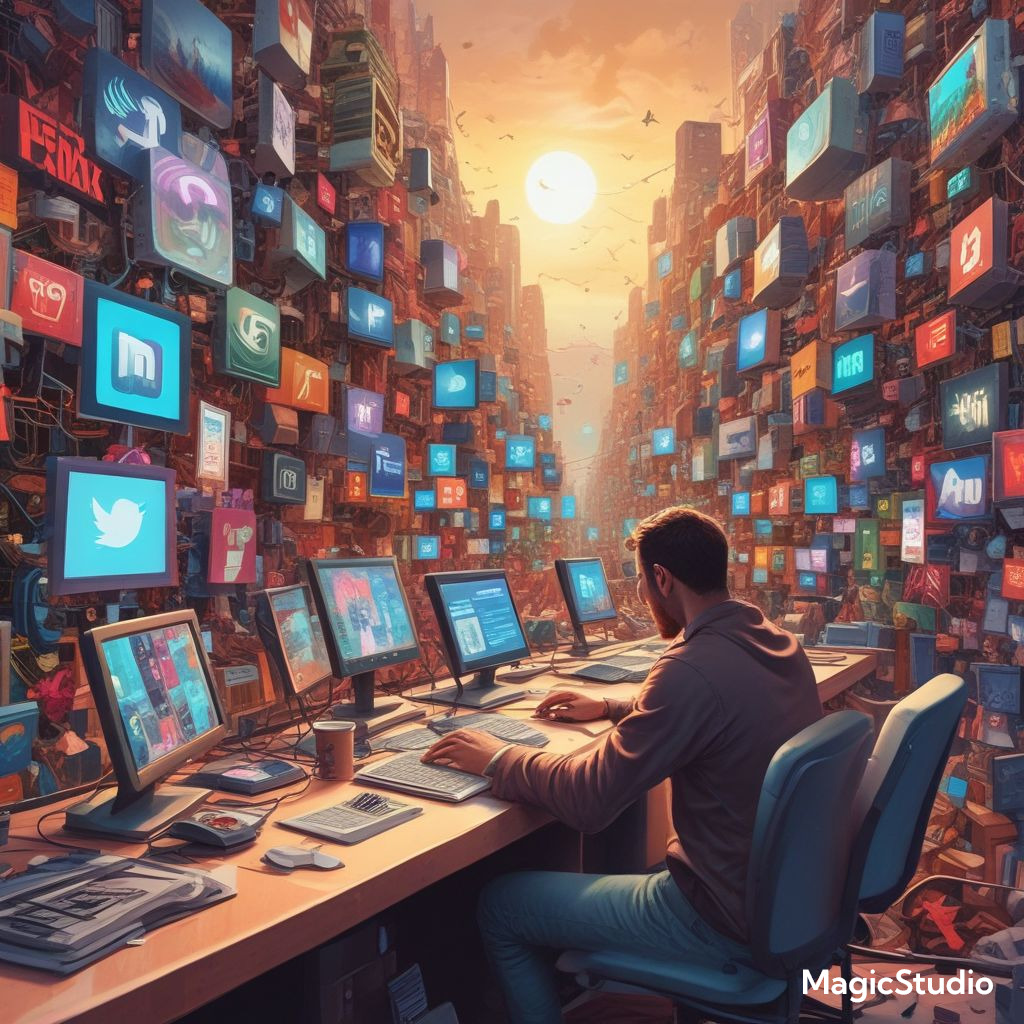🌟 How Social Media Algorithms Work: The Secret Behind What You See in 2025

If you’ve ever wondered how your social media feed seems to know exactly what you like, you’re not alone. In 2025, social media algorithms are more sophisticated than ever, curating the content you see based on your interests, behavior, and engagement.
In this post, we’ll take a deep dive into how social media algorithms work and how you can use this knowledge to optimize your social media strategy.
🧠 1. The Basics of Social Media Algorithms
At their core, social media algorithms are sets of rules designed to prioritize certain types of content over others. They use data collected from your activity—like likes, shares, comments, and time spent on posts—to determine what you’ll find most engaging.
In 2025, the most popular platforms (Instagram, TikTok, YouTube, etc.) have refined their algorithms to deliver highly personalized content tailored to individual users.
🔍 2. What Social Media Algorithms Are Looking For
Algorithms are looking for signals that indicate user interest. Here are some of the main factors they take into account:
Engagement: Likes, shares, comments, and interactions with posts are the biggest indicators of interest.
Recency: Newer posts are given higher priority, although some platforms are integrating evergreen content more than before.
Relevancy: Algorithms analyze your past interactions to serve you posts you’re likely to enjoy.
Video vs. Static Content: Video content, especially short-form video, gets more attention on platforms like TikTok, Instagram, and YouTube.
User Behavior: The more you engage with a specific person or page, the more content from that source you’ll see.
📈 3. How to Optimize Your Content for Social Media Algorithms
Understanding how algorithms work gives you the power to tailor your social media strategy for success.
Here’s how you can optimize your content for maximum reach:
Focus on Engagement: Encourage users to like, share, and comment. More interaction means your content will be favored by the algorithm.
Create High-Quality Video Content: Short-form video has become the preferred format for many platforms. Try experimenting with videos to keep your content fresh and engaging.
Post Regularly: Keep your content flowing consistently. Platforms reward active accounts with better visibility.
Use Hashtags Wisely: On platforms like Instagram and TikTok, hashtags help categorize your content and make it easier to find for relevant users.
Target Your Audience: Know who you want to engage with and create content that speaks directly to them. Audience-focused content always performs better.
🏅 4. The Power of Engagement Triggers
Social media platforms love engagement, and so should you. Whether it’s through comments, shares, or direct messages, these interactions are what the algorithms value the most.
Try These Techniques:
- Ask Questions: Create posts that encourage people to comment.
- Call to Action: Encourage users to share, tag friends, or save your posts.
- Polls & Quizzes: These features are not only interactive but increase time spent on your post.
🤖 5. How AI is Shaping Algorithms in 2025
Artificial intelligence is taking algorithms to the next level in 2025. Instead of just looking at simple engagement metrics, AI can now interpret context, analyze sentiment, and even understand the visual content of posts.
AI-powered algorithms can:
- Recognize the content of images and videos (not just text or metadata)
- Identify trends in how users are reacting to posts and adjust accordingly
- Predict which content will perform well even before it gets posted
This means that content creators now have more tools at their disposal to create posts that match current trends and user expectations.
🧑💻 6. The Role of Paid Ads in Algorithm Visibility
While organic reach is still important, paid ads have become an essential part of most social media strategies. Ads are prioritized by the algorithm, especially if they lead to engagement or conversions.
What you can do:
- Run targeted ad campaigns to boost posts that already perform well organically.
- Use advanced targeting options to reach the right audience based on demographics, interests, and behaviors.
- Monitor your ads’ performance closely and adjust for optimal engagement.
Paid ads help get your content in front of a broader audience, but make sure you maintain the authenticity of your posts to keep them in line with the algorithm’s preferences.
🧩 7. The Evolution of Algorithmic Content Moderation
In 2025, social media algorithms are not just about showing you relevant content—they also play a role in filtering harmful content. From hate speech to misinformation, AI is helping platforms identify and remove problematic posts.
What this means for you:
- Algorithms can detect offensive or misleading content before it even gets seen by a wider audience.
- Ensure your content follows platform guidelines to avoid being penalized.
- The use of AI in moderation means content that’s flagged as inappropriate can be removed quickly, improving overall platform health.
💬 8. Final Thoughts: Navigating the Algorithm in 2025
Social media algorithms are constantly evolving to provide users with content that’s not just entertaining, but also meaningful. By understanding how algorithms prioritize content and what factors they focus on, you can adjust your strategy to increase visibility, engagement, and growth.
Remember, while algorithms are important, authenticity remains key. Social media users can easily spot when content is overly optimized or inauthentic, and that can hurt your reach in the long run.
Focus on providing value to your audience through content that resonates with them, and let the algorithms do the rest.



